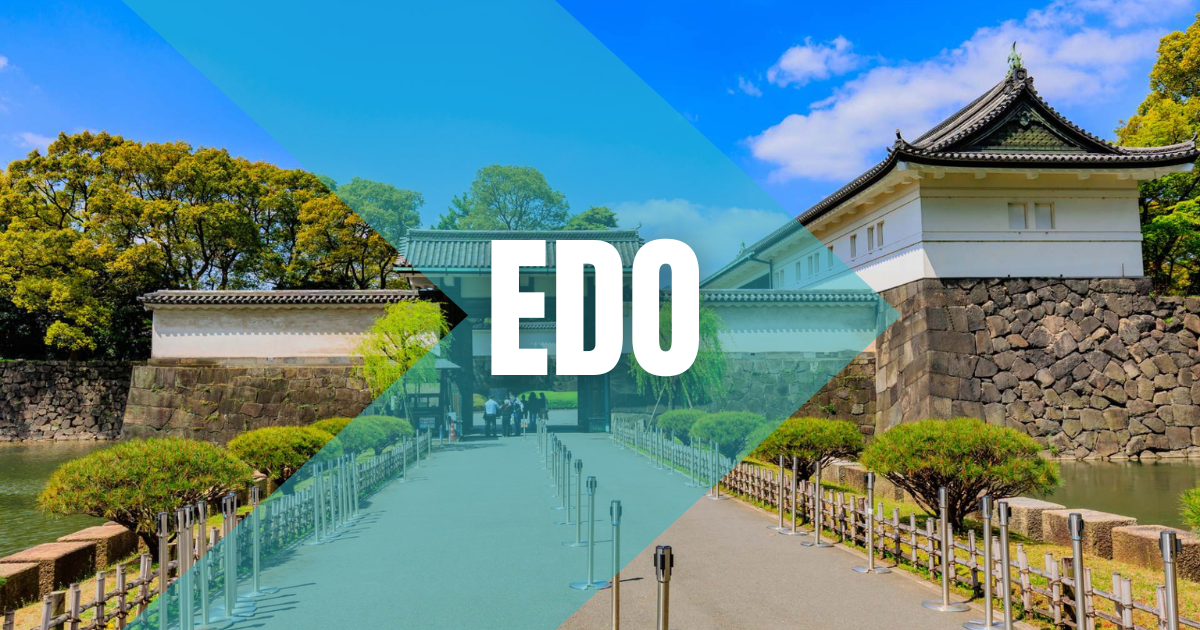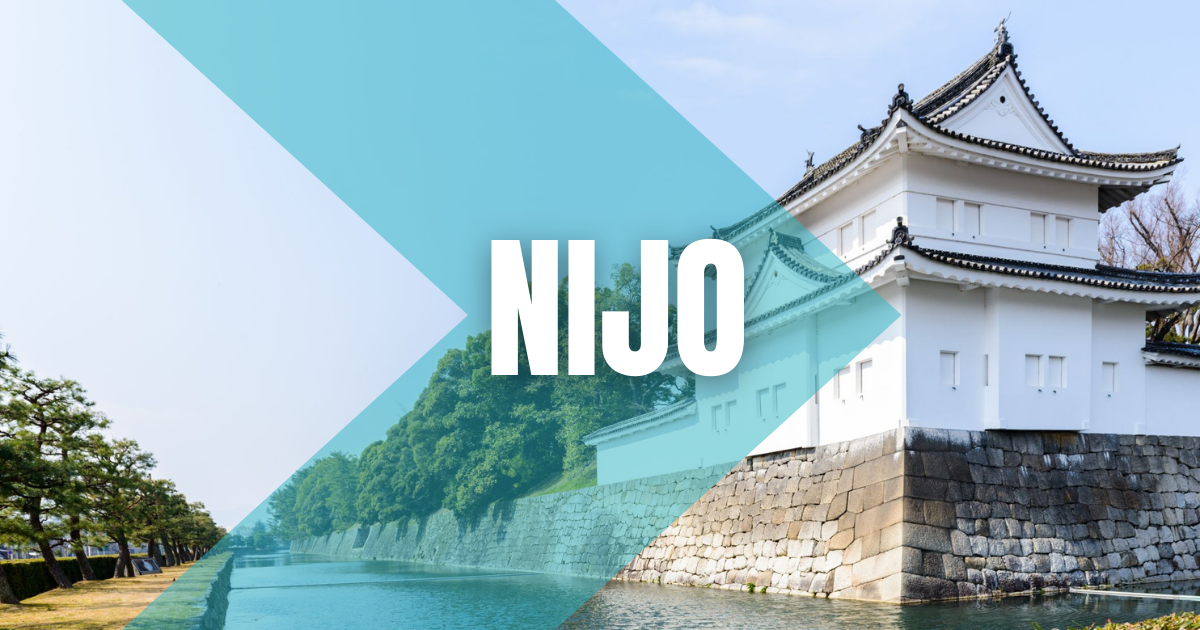Introduction
Tokyo, Japan’s bustling capital, is home to many historical sites, but few are as iconic as Edo Castle. This magnificent structure, also known as Chiyoda Castle, stands as a testament to Japan’s rich history and culture. Visiting Japanese Castles like Edo Castle offers a unique glimpse into the past, making it a must-visit destination for any Japan travel guide.
| Official site | https://www.env.go.jp/garden/kokyogaien/1_intro/his_01.html |
| Address | Chiyoda, Chiyoda City, Tokyo |
| Entry Fee | Free |
Overview of Edo Castle
Edo Castle is one of the most significant Samurai Castles in Japan. Located in the heart of Tokyo, it served as the residence of the Tokugawa shogunate and played a crucial role in Japanese history. As one of the best castles in Japan, it is an essential part of any Japan Castle Tours.
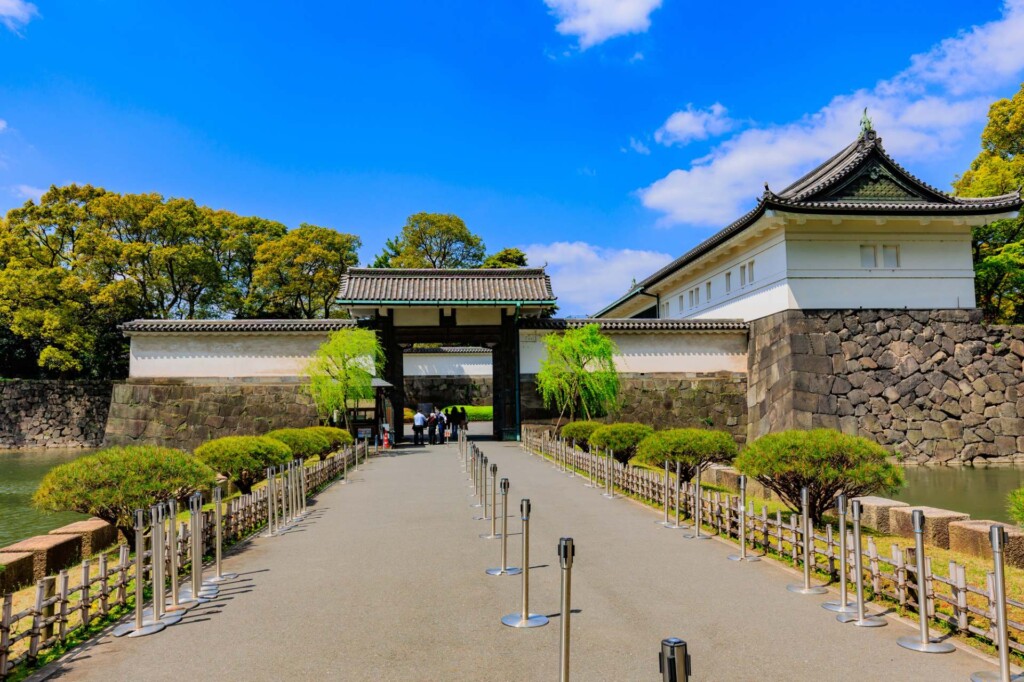
The History and Origins of Edo Castle
The Background of the Castle’s Construction
Edo Castle was originally built in 1457 by Ota Dokan, a samurai warrior-poet and military tactician. The castle was strategically placed to control the Kanto Plain and defend against rival clans. During the late 16th century, Tokugawa Ieyasu, who would become the first shogun of the Tokugawa shogunate, took control of the castle. Under his leadership, the castle was extensively expanded and fortified. This period marked the beginning of Edo (now Tokyo) as the political center of Japan, a role it maintained for over 260 years.
The castle’s construction reflected the advanced engineering and architectural techniques of the time. Moats, stone walls, and large gates were integral parts of the design, showcasing the military prowess of the era. The central keep, although no longer standing, was once a symbol of power and authority. Edo Castle became the hub of political and administrative activities, influencing the course of Japanese history profoundly.
The Edo period saw the castle evolve not just as a military stronghold but also as a center of culture and governance. The complex included residential quarters, gardens, and administrative buildings, all designed to support the shogunate’s rule. This extensive development underscored the castle’s significance in the Samurai History of Japan.
Historical Changes
Throughout the centuries, Edo Castle underwent numerous changes. Fires, natural disasters, and the Meiji Restoration led to significant alterations in its structure. After the fall of the shogunate in 1868, the castle grounds were transformed into the Imperial Palace, the residence of the Japanese Emperor. This transition marked a new era in Japanese history, bridging the feudal past with the modern era.
Gardens and Surrounding Nature
The Beauty of Seasonal Gardens
Edo Castle is renowned for its beautiful gardens, which offer a serene escape from the city’s hustle and bustle. The Ninomaru Garden, designed in the traditional Japanese style, is particularly famous. Each season brings a unique charm to the gardens – cherry blossoms in spring, vibrant greenery in summer, colorful foliage in autumn, and tranquil snowscapes in winter. These gardens are a highlight for those who wish to discover Japan’s castles through their natural beauty.
Nature Trails and Scenic Spots
The castle grounds also feature several nature trails and scenic spots. Visitors can stroll along the moats and walls, enjoying views of the surrounding cityscape. The East Gardens, open to the public, are a popular spot for leisurely walks and picnics. These trails and spots offer a perfect blend of historical exploration and nature appreciation, embodying the essence of Japan culture travel.
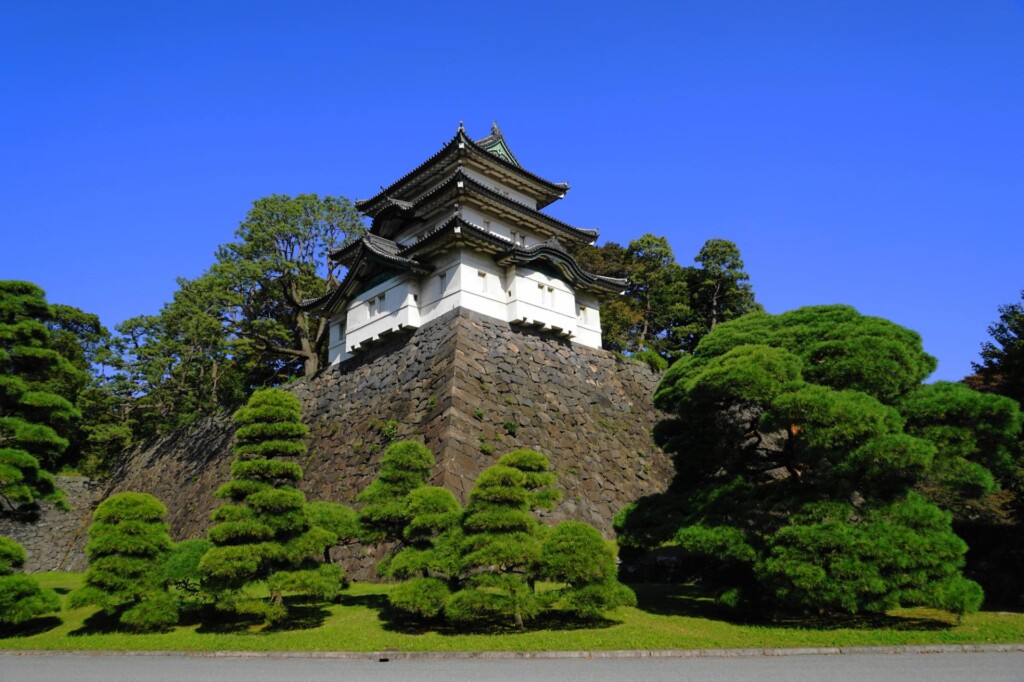
Must-See Attractions and Experiences
Among the must-see attractions is the Fujimi-yagura, one of the remaining guardhouses that offers panoramic views of the area. The Sannomaru Shozokan, or the Museum of the Imperial Collections, houses a vast array of art and cultural artifacts. These attractions provide a comprehensive Japanese Castle Guide, ensuring visitors have a rich and informative experience.
Connections to Famous Daimyo
The Influence of Historical Figures
Edo Castle was closely linked to many famous daimyo (feudal lords) throughout its history. Tokugawa Ieyasu, the founder of the Tokugawa shogunate, played a pivotal role in its expansion and fortification. Subsequent shoguns continued to develop the castle, making it the epicenter of political power. The connections to these historical figures enrich the castle’s story, making it one of the most Historic Castles of Japan.
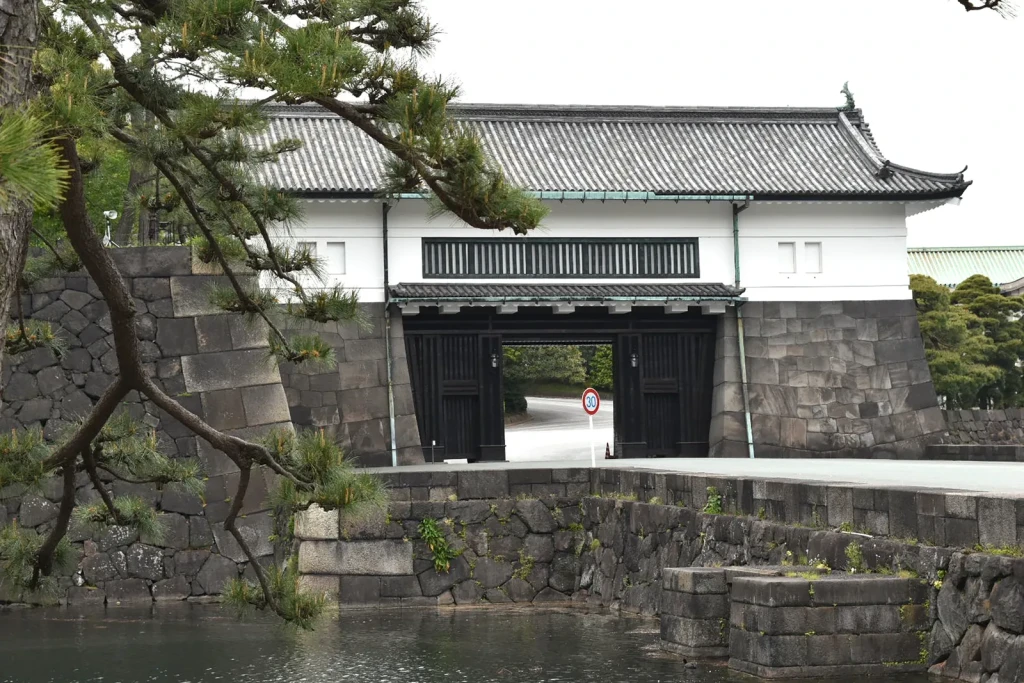
Major Events
Seasonal Special Events
Edo Castle hosts several seasonal events that attract both locals and tourists. During spring, the cherry blossom festival is a major highlight, drawing crowds to witness the stunning sakura in full bloom. In autumn, the castle grounds are adorned with colorful leaves, making it a perfect time for photography and nature walks. These events are integral to any Japan Castle Tours for Foreigners, offering unique cultural experiences.
| Date | Event Name | Description |
|---|---|---|
| Mar-24 | Cherry Blossom Viewing | Enjoy the beautiful cherry blossoms in the gardens of Edo Castle, a popular springtime activity. |
| Jun-06 | Sanno Festival | One of Tokyo’s major festivals featuring a grand procession with floats and mikoshi (portable shrines). |
| Aug-01 | Edo Castle Infiltration | A historical reenactment event where participants can experience the castle’s past through guided tours. |
| Sep-15 | Autumn Festival | Celebrate the autumn season with traditional performances and food stalls around the castle grounds. |
| Dec-14 | Winter Illumination | Witness the enchanting illumination of Edo Castle, creating a magical winter atmosphere. |
Souvenirs
Unique Castle Souvenirs
No visit to Edo Castle is complete without picking up some unique souvenirs. The castle’s gift shops offer a variety of items, from traditional crafts and samurai-themed merchandise to exclusive Edo Castle memorabilia. These souvenirs serve as perfect mementos of your journey to one of Japan’s most iconic heritage sites.
Access
Access to Edo Castle
By Train
Edo Castle is easily accessible by train. The closest station is Tokyo Station, which is served by multiple JR lines including the Yamanote Line, Chuo Line, and Keihin-Tohoku Line. From Tokyo Station, it is about a 15-minute walk to the castle grounds. Another nearby station is Otemachi Station, served by the Tokyo Metro’s Chiyoda Line, Hanzomon Line, Marunouchi Line, and Tozai Line. From Otemachi Station, it is about a 10-minute walk to the castle.
By Bus
You can also reach Edo Castle by bus. The Toei Bus system has several routes that stop near the castle. For instance, you can take the Toei Bus No. 20 from Tokyo Station and get off at the Kitanomaru Koen bus stop, which is just a short walk away from the castle grounds.
By Taxi
For those preferring a more direct route, taking a taxi from major city points like Shinjuku or Shibuya is a convenient option. The taxi ride from Shinjuku to Edo Castle takes approximately 20-30 minutes depending on traffic conditions.
From Narita Airport
From Narita Airport, you can take the Narita Express (N’EX) directly to Tokyo Station, which takes about 60 minutes. From Tokyo Station, you can follow the walking directions as mentioned above to reach Edo Castle.
From Haneda Airport
From Haneda Airport, you can take the Tokyo Monorail to Hamamatsucho Station, and then transfer to the JR Yamanote Line to Tokyo Station. The total travel time is approximately 30-40 minutes. From Tokyo Station, follow the walking directions to Edo Castle.

